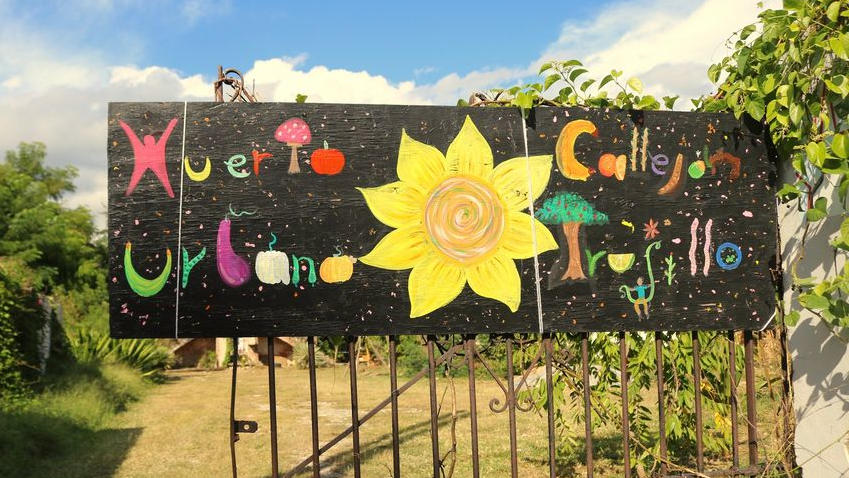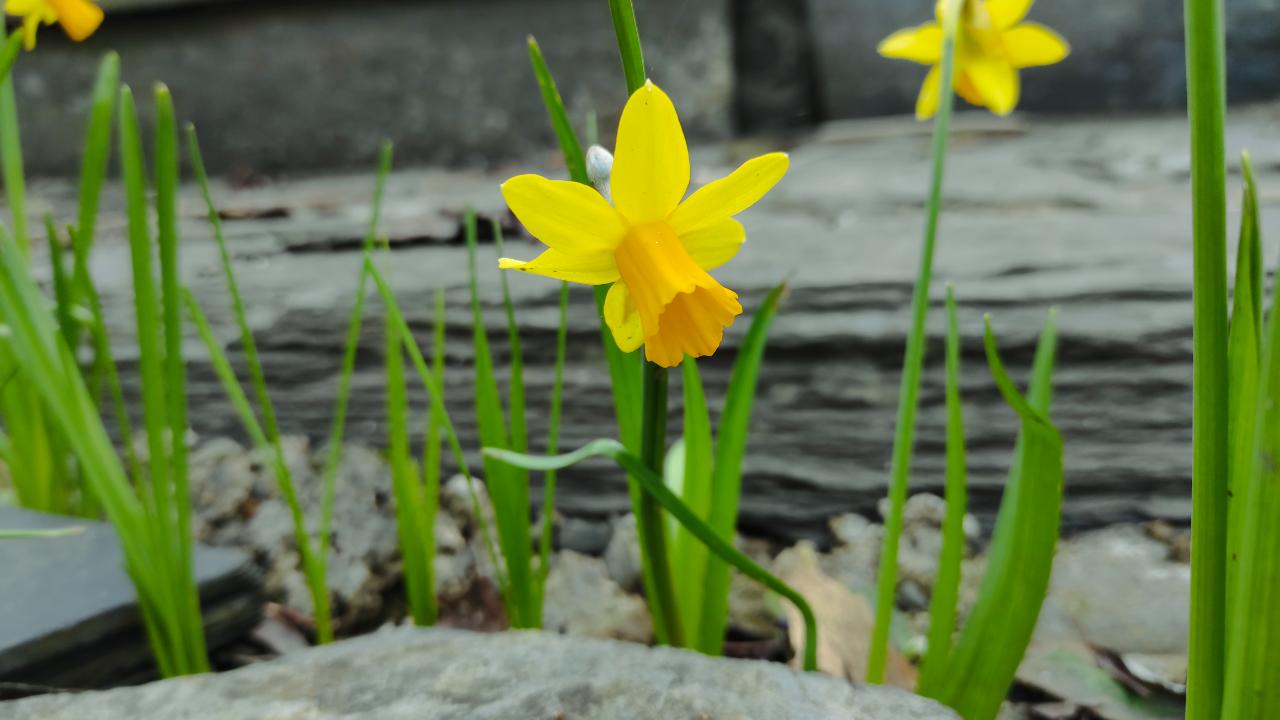A Community Assembly at the heart of a wildlife forest garden 💚
Welcome to the third issue of the weekly Hope Garden newsletter. It’s raining in West Wales, again. But this has not dampened our spirits, as we look forward to submitting our grant application in the next couple of weeks.
Any suggestions, comments, ideas, please feel free to email me on hello@hopegarden.uk
Jake Rayson
1. News
Grant application budget
We’ve reached the budget part of the grant application, and this is where things get nitty and gritty. It’s appropriate, nay, necessary that the design and creation of the prototype Hope Garden follows the processes of Community Assemblies. This means that (grant willing) the garden will be co-designed and co-created by the people who will be using the space.
So, last issues workshops, workshops, workshops mantra is making it into the budget, and there will be budgets for a slew of Community Assembly run workshops, including but not limited to:
- Ecological survey — the base survey, before any work commences, and then instructions for subsequent surveys, to measure wildlife impacts
- Co-design — possibly 3 workshops, with special guests providing inputs, from a wildlife perspective, a practical community perspective, and an outdoor well-being workshop perspective
- Landscaping — hard landscaping, how the structure of the garden is created; planting & pruning for the long term; making wooden benches
The other task is to reach out to more local charities and organisations to sound out their interest, and a jolly testimonial would be nice as well.
Jake Rayson
Ffynnone Resilience
I have written a blog post for Ffynnone Resilience about the Hope Garden and Community Assemblies, which should be appearing on their news page any day soon.
Jake Rayson
Hope Garden definitions
It’s always handy to know what you’re talking about, so I‘ve made a definitions page for the Hope Garden. The idea is to have an “elevator pitch” of one sentence, and then a bit more detail.
- Community Assembly — A Community Assembly is an effective and empowering way to build real participatory democracy into local decision making through a structured process, bringing communities of interest together in inclusive decision making.
- Forest garden — A forest garden works with nature to grow edible crops. It is sustainable, low maintenance and wildlife friendly and emulates the woodland edge using edible perennial and ground cover plants. Essentially, it is an edible ecosystem.
- Wildlife garden — Every garden has the potential to be a wildlife garden by ensuring the presence of the two key elements, habitat and food.
This is, and probably shall remain, a work in progress, ever-evolving.
Jake Rayson
2. Links
- Rebecca McMackin on A Way To Garden podcast with Margaret Roach. Two wildlife gardening legends.
- Longhorn Beetles of the UK EntoLive webinar by the Biological Recording Company
- Fascinating look at The Frankincense Tree by Paul Alfrey from The Polyculture Project. I love the range of subjects, from a forest garden base.
3. Photos

Gellon Trujillo Urban Garden in Ponce, Puerto Rico. We met up on social media!
For more information, read the blog post.

The amazing wildlife friendly native Alder Buckthorn
Great post on Facebook by Celtic Wild Flowers about an amazing wildlife plant. I use it prodigiously in mixed native windbreak hedges.
4. Hope
The only thing that can save the world is the reclaiming of the awareness of the world. That’s what poetry does.
~ Allan Ginsberg
Hope links
- The Hope Garden website, now with definitions hopegarden.uk/definitions
- Open Source plans on the Hope Garden website hopegarden.uk/plans
- Newsletter archives here buttondown.email/hopegarden and here hopegarden.uk/categories/newsletter/
- Social media. The accounts are there but not connected to the website. But follow and we shall follow back!
- Mastodon climatejustice.social/@hopegarden
- Facebook facebook.com/hopegardenuk
- TikTok tiktok.com/@hopegardenuk
- YouTube youtube.com/HopeGardenUK
- Pinterest pinterest.co.uk/hopegardenuk
- Instagram instagram.com/hopegardenfuture
- Ko-fi ko-fi.com/hopegarden
- Twitter twitter.com/hopegardenuk
